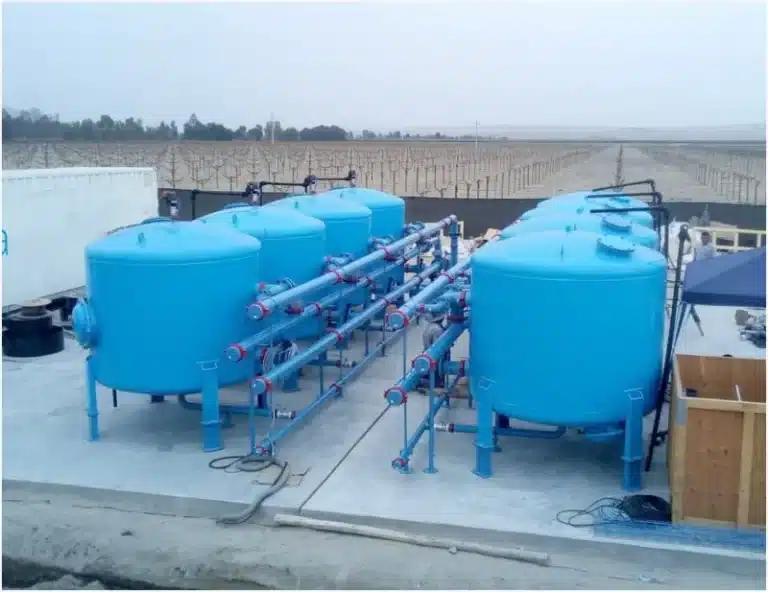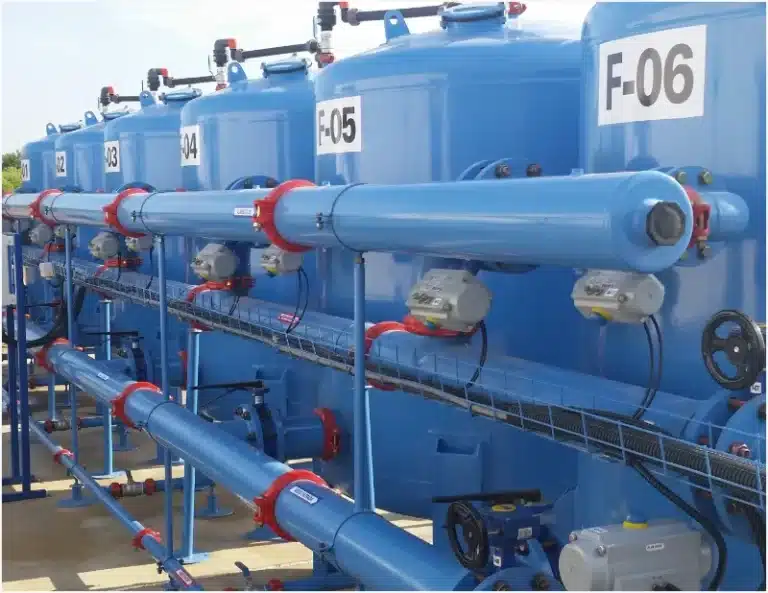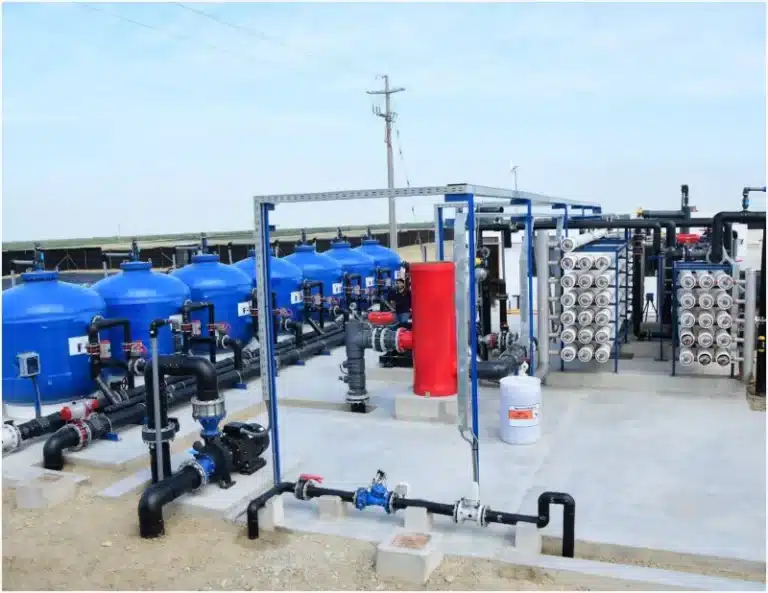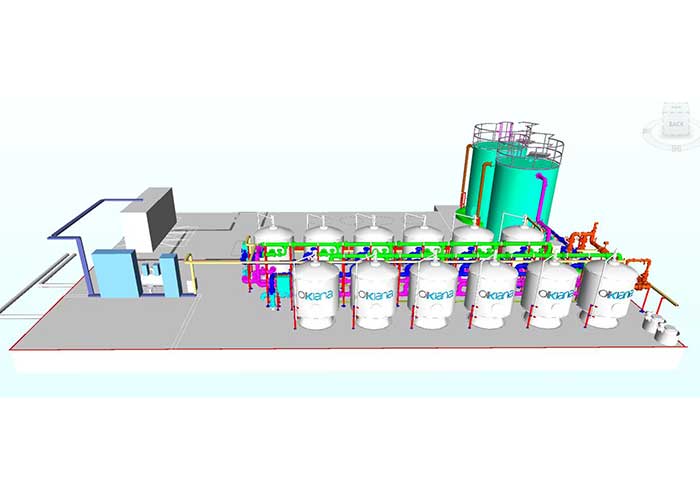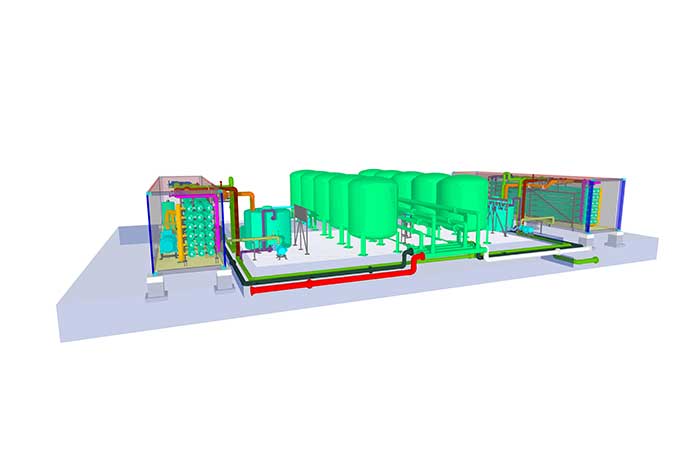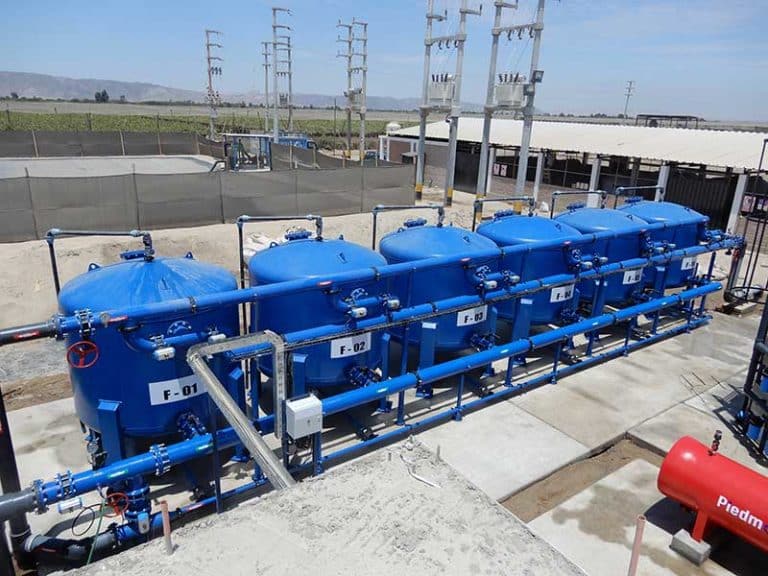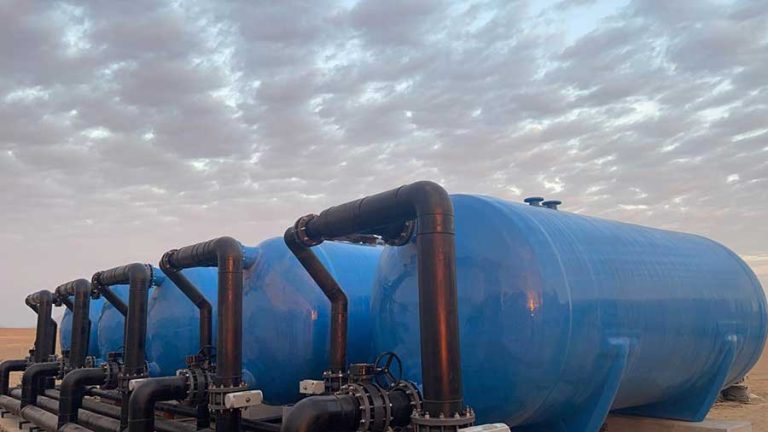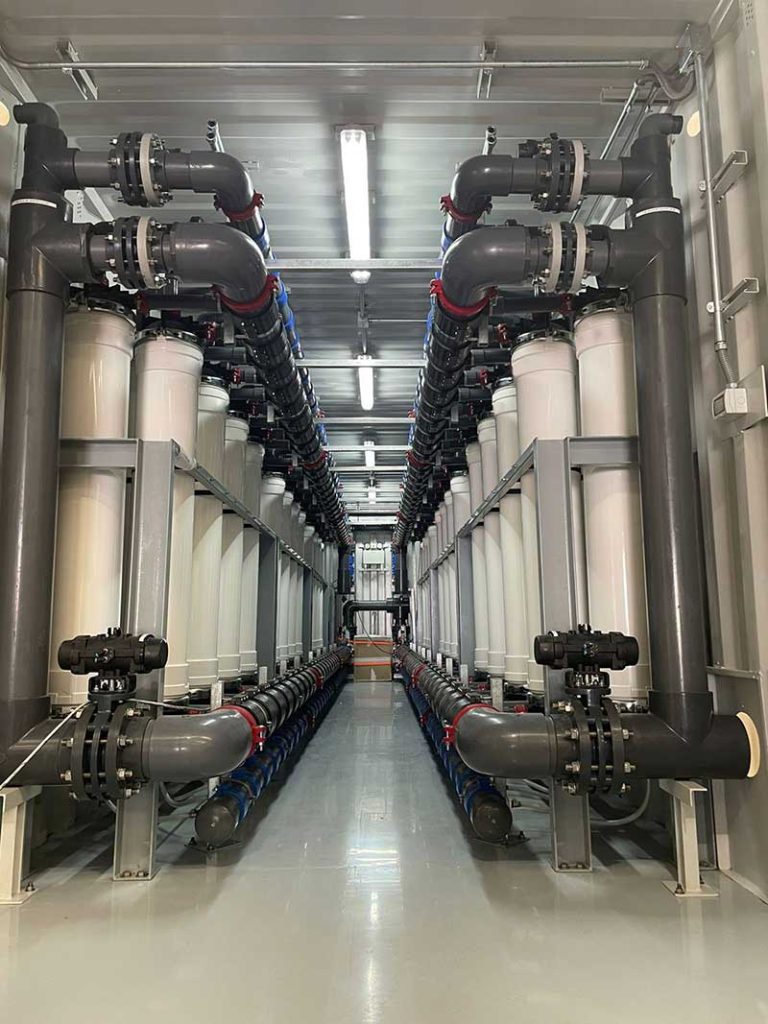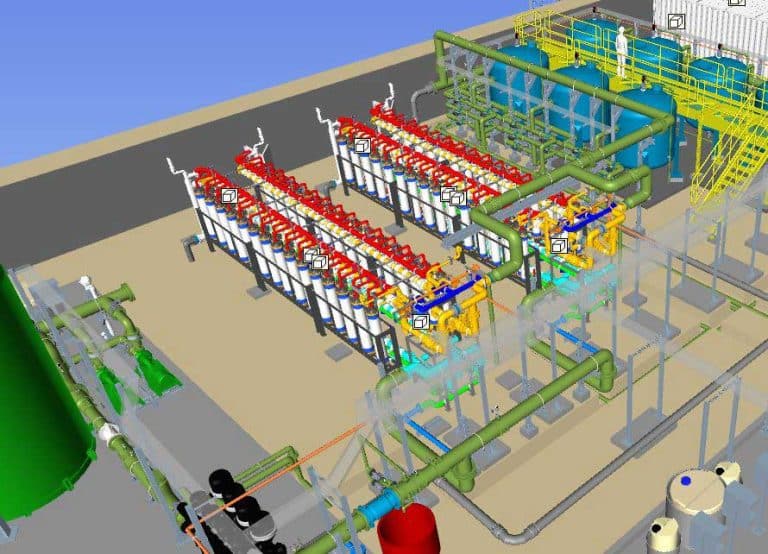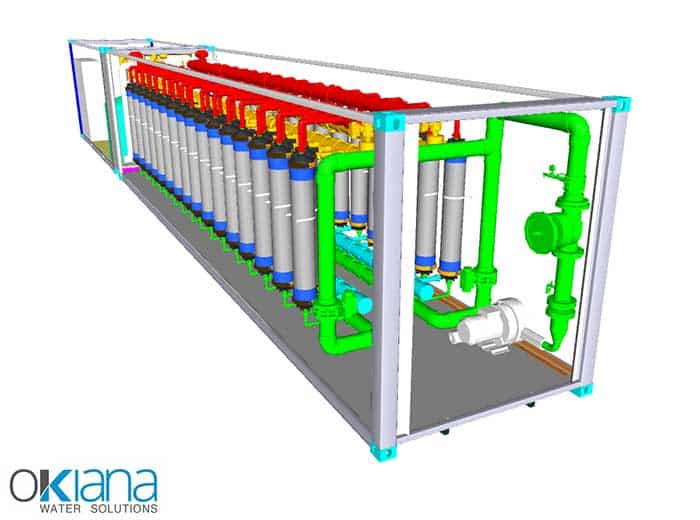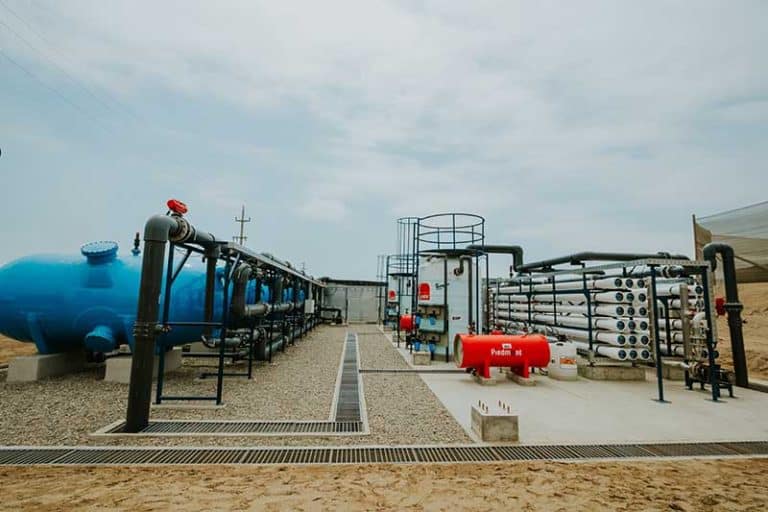Filtration techniques, such as ultrafiltration and microfiltration, play vital roles in water treatment processes worldwide.
Ultrafiltration employs semi-permeable membranes to remove particles as small as 0.01 microns, effectively eliminating bacteria, viruses, and colloidal matter from water sources.
This method is crucial for producing high-quality drinking water and treating wastewater for reuse.
Industrial process water often benefits from ultrafiltration, as well especially, before desalination.
Microfiltration, on the other hand, targets larger particles, typically ranging from 0.1 to 10 microns, making it effective in clarifying water and removing suspended solids.
Traditional filtration techniques:
Filtration encompasses various techniques for removing solid or colloidal material that sedimentation cannot tackle on its own.
These techniques range from screen filters to disk filters, with filtration rates from approximately 800 microns down to 10 microns.
Media filters, a common treatment device, excel at removing solid or colloidal material with higher filtration degrees, reaching 15 microns or more.
Utilizing gravity rapid rate or pressure-driven sand beds composed of materials like crushed granite, these filters cater to diverse applications for relatively large flows, including drinking water production, irrigation, stormwater management, and aquaculture.
The aforementioned techniques offer efficient and environmentally friendly solutions, ensuring access to safe and clean water for communities while mitigating health risks and environmental pollution.

